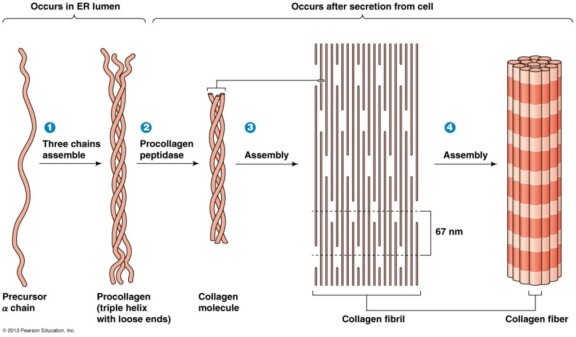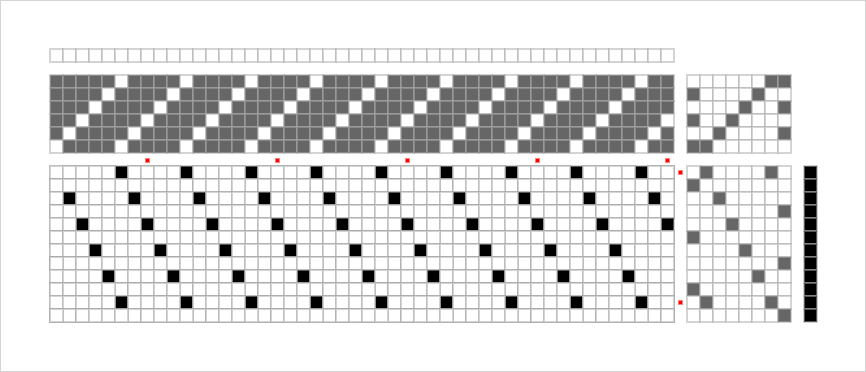SHAPING THE SONIC
Artist residencies are as varied as the definition of art, in terms of their approaches to supporting and engaging with artists, through creating space for a focused period of research-creation. I’ve experienced numerous local, national and international residencies and have been supported in different ways, ranging from the simple allocation of studio and often shared living space for a moderate cost, to having access to specialized (e.g. laboratory) equipment and high profile mentors (again for a moderate cost), to fully paid residencies (paid at different rates) that come with different expectations: giving an artist talk (as part of the deal or paid additionally); being paid to teach a workshop to external partners, including public schools; being paid to give a visiting lecture to an external affiliate institution; and, the list goes on. Sporobole is exceptional in its support of its resident artists through this current Art-Science Residency program, generously funded by Canada Council for the Arts. I am extremely grateful. Sporobole is likewise exceptional in what it contributes back to the community through the allocation of its residency program funds to support the technical needs of artists as they work towards realizing a project.
The past few weeks of my residency have been largely focused on one-on-one training in sound editing and design, using Reaper audio editing software and the 16-channel speaker set-up in Sporobole’s audio editing suite. The idea is to be able to compose/ sculpt audio relevant to my project with Denis, that can be installed on the external sound wall at Sporobole (among other outputs). I’m very privileged, thanks to Sporobole, to be learning everything, from the art and philosophy of sound to its technical execution, from Steve Heimbecker, audio/ digital/ media art/ installation/ composition/ performance artist, who lives in the Sherbrooke area and has been involved with Sporobole for a number of years. Steve is absolutely lovely to work with, and I learn an incredible amount from him in every session we’ve had so far. Learning to manipulate human perception of space through audio structure and placement is fast becoming a new passion for me, and one that can translate wonderfully, I think, into the communication of some of the core concepts of my project so far: namely, intimacy and biological material structure.
One of the last times I met with Denis, we discussed structure (as I mentioned composing audio) and he asked me if I had yet seen the structure of collagen. I had not, and so I looked it up later — and I was delightfully surprised at what I found.
Because of my background in textiles, I had been commenting to Steve about how the arrangement of audio tracks could translate well to a weaving structure (pattern), or vice versa. Steve used this analogy to help explain certain elements of constructing an multi-channel audio composition, so that it was relevant to me and I could more easily understand on my own terms. Working with 16 channels is seemingly infinitely complex in terms of possibilities with the arrangement of elements, and so thinking of it in this material structural way (which is already one of the primary ways in which I think) helped demystify it for me. The structure of collagen is an arrangement of fibrils, in a complex multi-channel composition from molecule to microfibril to fibril to fibre. It is the arrangement of the microfibrils and their crosslinks in particular that I am interested in:

The collagen microfibrils lay horizontally in a diagonal pattern arrangement, similar to what is commonly known in weaving as “twill” structure. Twill is known for its ‘give’ when stretched in one direction and its more fixed stability when pulled in the other direction. The critical difference with this collagen fibril “twill” structure, though, is that the fibrils are not a continuous strand across, the way a weaving would be, but rather a series of broken strands laid end-to-end that are then cross-linked vertically. The cross-linking itself is an interesting, additional pattern. This structure is important to study, because the quality of alternating strength and give that collagen is known for is most likely from the particular loose and open “twill” structure.

What gets tricky is imagining translating this particular fibril structure to a woven structure. The spacing of the crosslinks, the D-spacing, is another complicating factor, as it is not even 1:1, but rather appears, in one diagram, to be 0.66:1, which isn’t doable on a loom without a reed adjustment. The reed is a rigid comb part of the loom that maintains the spacing of each individual thread as the cloth is woven. Typically, a reed will space all threads evenly but it is possible to combine threads in one reed dent (space) in an arrangement that closely approximates an irregular spacing like the collagen fibril’s D-spacing. In the coming weeks, I will further research, consider and attempt ways to translate the fibril structure into a physical cloth.
Will its translation to sound also be somewhat elastic or at least flexible in one direction? While collagen itself is not entirely responsible for the elasticity of tissue (elastin does that), it plays a part in supporting elasticity as an underlying structure. What does an elastic sound, sound like? What does elasticity in sound mean? This will be a good question to ask Steve. I did find mention of the physics of sound waves, here. Apparently, sound waves themselves are elastic in their movement, compressing space in front and expanding space behind. I can easily envision how to do a series of elastic waves with weaving, but I wonder what that would look like in sound design. A 16-channel sound composition, based on the collagen fibril structure, will have to communicate a substructure elasticity somehow – perhaps through panning the structured audio tracks in different ways to communicate compression on one end and expansion on the other. So many possibilities. I have much experimenting to do!


